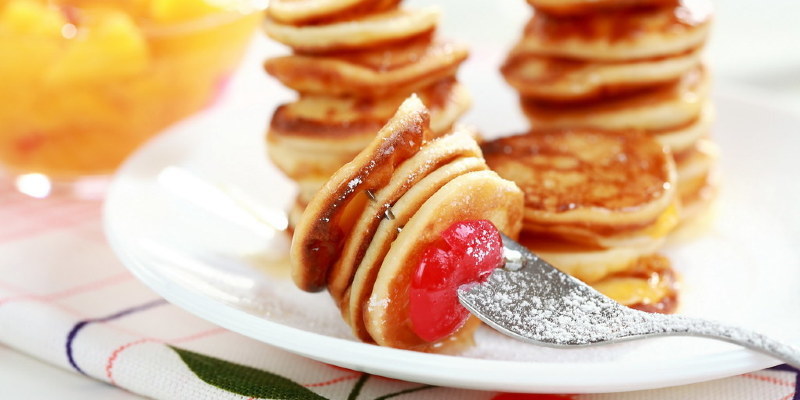
Spires of creamy, cardinal-red blossoms and pineapple-scented leaves that smell appetizing enough to eat make pineapple sage (Salvia elegans) a standout edible-garden perennial for U.S. Department of Agriculture plant hardiness zones 8 through 10. In Mediterranean-type climates, nectar from the ruby-hued blooms summons hummingbirds from late fall until spring. Elsewhere, the 3- to 4-foot-tall, late-summer-to-frost bloomer rises as a yearly and might be overwintered indoors in a container.
Culinary Uses
Use pineapple sage blossoms to impart their citrusy-mint taste to salads and fruit-based desserts. Chopping the downy, bright-green leaves discharges their sweet pineapple flavor in fruit dishes, tropical-themed sage, herbal teas, smoothies, salsas and sweet dough.
Growing Pineapple Sage
Pineapple sage works best with complete sun, or with morning sun and afternoon shade. Plant it in visually rich, moist well-draining dirt. Spacing a number of plants 2 to 3 feet apart accommodates their mature spread. To encourage blossoms and shape the plant, then cut perennial plants back by one-half in spring and pinch back older stems twice during the growing season.